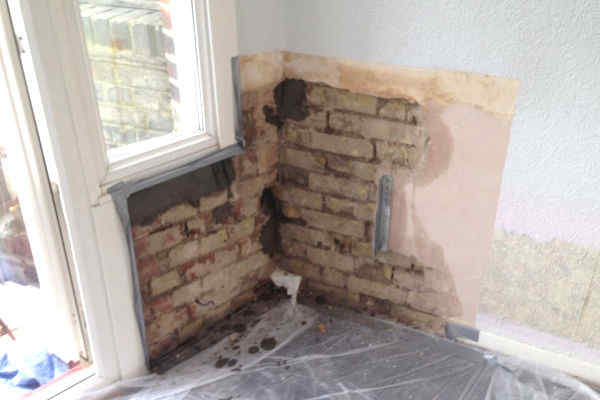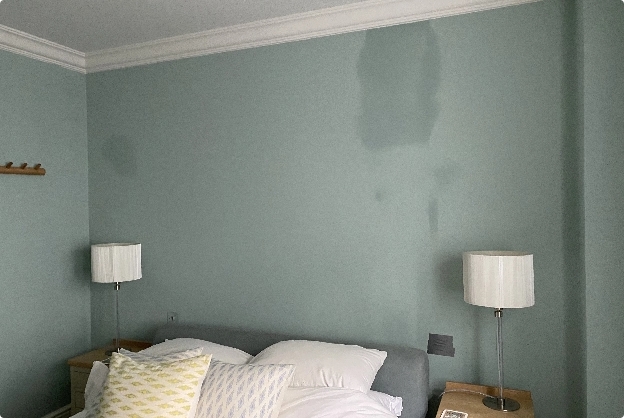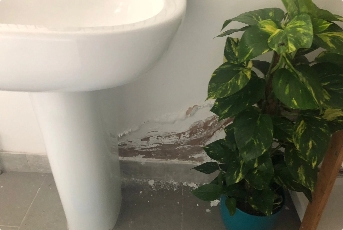The Role of Building Materials in Damp Prevention: What You Should Know
Damp is the scourge of many British homes. With our wet and windy climate, it’s no wonder up to 10% of UK properties suffer from issues like mould, peeling wallpaper, and musty odours caused by excess moisture. Damp not only damages buildings, but it also aggravates health issues and ruins furniture and belongings.
In this article, we’ll look at how different construction materials can either encourage or prevent damp in our homes. You’ll learn how to banish wet walls and create a drier, healthier indoor environment. With the right materials, you can give your property an edge against the damp!
Causes of Damp
Before we get into materials, let’s quickly go over what causes damp. The main culprits are rainwater penetration, rising damp from the ground, condensation, and leaks from faulty pipes or overflowing gutters. Older homes with solid walls are particularly prone to damp issues. Damp leads to mould growth, which can aggravate allergies and asthma.
Blocking Penetrating Rainwater
When wind-driven rain seeps into your home, it brings dampness with it. Using water-resistant materials on the outer walls prevents rainwater penetration. Brick, stone, and rendered concrete blockwork do a decent job, but adding a waterproof coating makes them even more effective moisture barriers.
Modern acrylic render is an ideal coating for exterior walls. It’s flexible, breathable, and keeps out that pesky wind-driven rain. Replacing old or cracked render improves protection too. Installing a damp-proof course between the render and wall prevents rising damp as well.
Managing Rising Damp
Rising damp happens when ground moisture is absorbed into the walls through capillary action. A chemical damp-proof course (DPC) disrupts this process. Installing a DPC involves injecting a water-repelling fluid into holes drilled along the wall’s lower sections. It creates an impenetrable barrier against rising damp.
A physical DPC like a plastic sheet can be retrofitted too. Chemical DPCs are often more effective, but physical ones avoid the need to drill injection holes. Talk to a surveyor about the best solution for your home’s damp issues.
Condensation Control
Condensation arises when warm moist air meets cold surfaces like windows or exterior walls. It’s a common problem in UK homes during colder months. Installing insulation in walls and attics prevents cold surfaces so condensation can’t form.
Breathable materials are ideal insulators for reducing condensation. Mineral wool, sheep’s wool, hemp fibre, and other natural materials allow moisture to pass through so it doesn’t get trapped. Closed-cell rigid foam boards also insulate well without moisture issues. Just be sure to get professional help insulating older properties.
Choosing Absorbent Internal Materials
Once you’ve got the externals covered, look at internal finishes too. Hygroscopic materials actually absorb ambient moisture then release it when the air becomes drier. This helps regulate indoor humidity and prevent surface condensation.
Natural materials like lime plaster, limewash, clay paint, wood, and wool are all hygroscopic. They make excellent choices for internally insulating and finishing walls and ceilings. Modern paints use synthetic binders that don’t absorb moisture, so look for traditional limewash and clay paints instead.
Proper Ventilation
Ventilation helps remove moist air from your home before it causes condensation issues. Kitchens, bathrooms, and laundry rooms need extractor fans to vent out all that humid air. Installing trickle vents in windows also improves general ventilation.
It’s tempting to close up a draughty house, but some fresh air exchange is vital. Don’t seal a home too tightly without also adding mechanical ventilation. Getting the balance right keeps your home breathable and dry.
Damp can make homes stuffy, unhealthy, and miserable to live in. Thankfully, picking the right building materials can help tackle all types of damp. External render, insulation, and DPCs handle rain and rising damp. Breathable insulation and hygroscopic indoor finishes prevent condensation. With proper materials and ventilation, you can banish damp for good!


